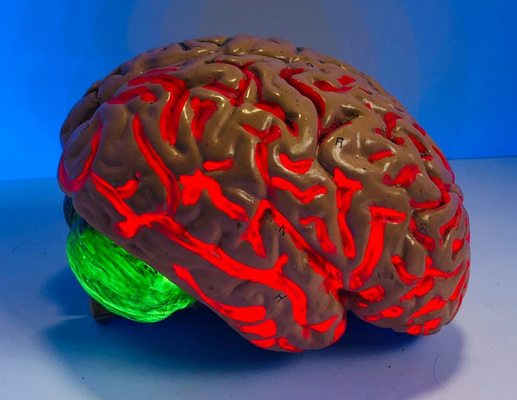
Car crashes can cause many different types of brain injury. These brain injuries are classified based on the type of accident and their overall severity. This information is important to understand if plaintiffs are filing personal injury lawsuits, as this medical classification system can provide accurate information. For example, if a brain injury is classified as being extremely serious by a medical professional, there is a high chance of long-term, disabling consequences. As a result, a plaintiff’s settlement should reflect these serious consequences.
For non-medical professionals, the medical terminology that surrounds brain injuries can seem confusing and overly complex. However, it is important to try and develop a firm understanding of how medical professionals sort and rank brain injuries. A more complete understanding of this system can allow both attorneys and injury victims to approach their personal injury lawsuits in a more efficient, confident manner.
For medical professionals dealing with brain injuries, one of the most useful classification systems is the Glasgow Coma Scale, otherwise known simply as “GCS.” This is a scoring system used to describe a person’s level of consciousness after they have suffered a traumatic brain injury (TBI). With this scoring system, doctors can accurately describe to each other just how bad a brain injury is. The GCS is especially useful for first responders who arrive at the scene of a crash and assess patients. After determining the GCS score of the brain injury victim, they can communicate these scores to hospital staff so they immediately know how to best respond.
The patient’s best scores for each of these three categories are combined and documented numerically. For example, a patient who scores 2 on eye-opening, 1 on verbal response, and 5 on motor response would be documented as of E2V1M5. “E” stands for eye-opening, “V” stands for verbal response, and “M” stands for motor response. Alternatively, these values may be combined together for a total Coma Score of 8 (2+1+5).
A patient’s GSC score can be used to accurately classify their brain injury. A score of 8 or less is classified as a severe brain injury. If a patient scores between 9 and 12, their injury is classified as moderate. A mild brain injury falls within the 13-15 range.
As helpful as the GSC is, the system is not perfect. The system is not really designed to take into account additional factors, such as alcohol or drug intoxication. In addition, the system is not as accurate when dealing with children, although a separate system has been created to use with younger patients.
Going into more specifics, there are several serious consequences that a patient might experience after suffering a brain injury:
Although car accidents and falls are responsible for a significant portion of overall brain injuries, there may be less obvious causes. For example, brain injuries can also be caused by anything that limits oxygen to the brain. These are called anoxic injuries, and they can be caused by things like poisoning, drowning, toxins, choking, suffocation, and many other types of accidents. The leading cause of fatal traumatic brain injuries in the United States is actually a gunshot wound to the head.
Brain injury patients might feel completely lost when dealing with these classification systems, and the medical terminology surrounding brain injuries can be equally confusing. Fortunately, these injury victims can receive plenty of guidance and assistance when they team up with a qualified personal injury attorney. Law firms like Mary Alexander & Associates have considerable experience with brain injuries. Reach out today for help pursuing the compensation to which you are entitled.
Article Tags, click any to see related articles:Widely recognized as one of San Francisco’s top personal injury attorneys, Mary Alexander established her stellar reputation in the legal community after obtaining some of the largest and highest profile verdicts and settlements in the state of California over the course of her career. At Mary Alexander & Associates, P.C., we dedicate our entire practice to helping clients who have been seriously injured in accidents that occurred because of another party’s negligence. Our Bay Area personal injury attorneys utilize their years of experience, academic accomplishment and passion for helping injured clients when building strong cases. They have been recognized by their peers and... View full business profile here: Mary Alexander & Associates, P.C.
